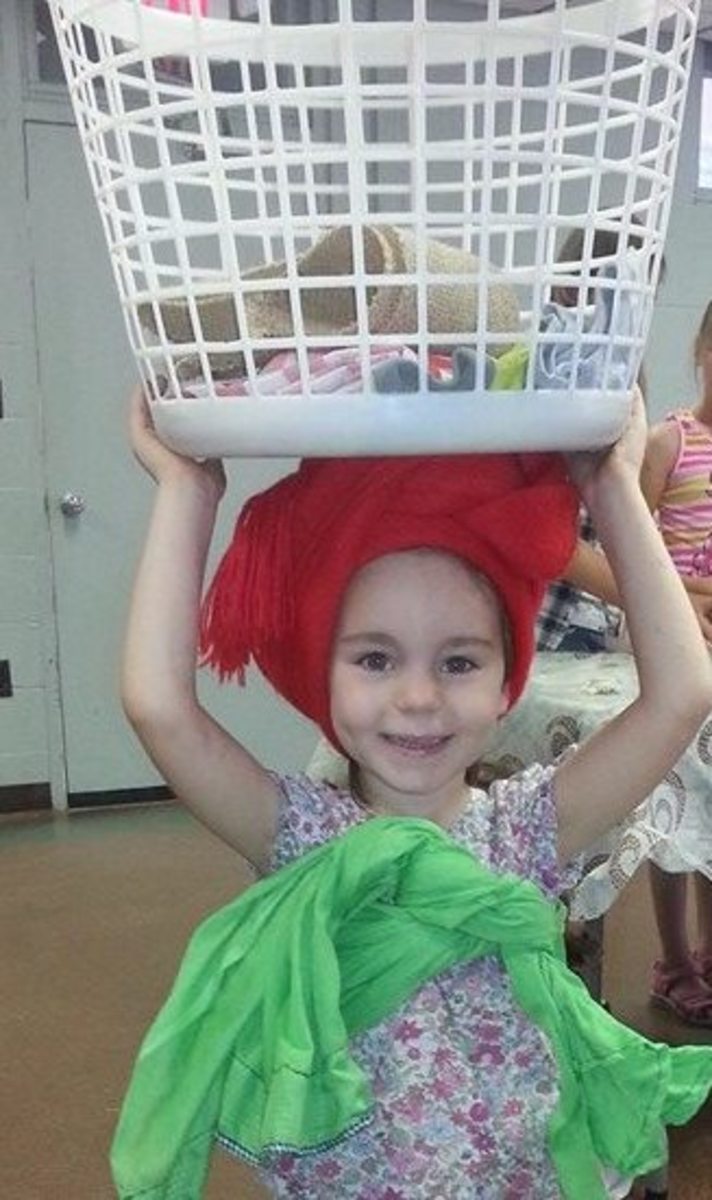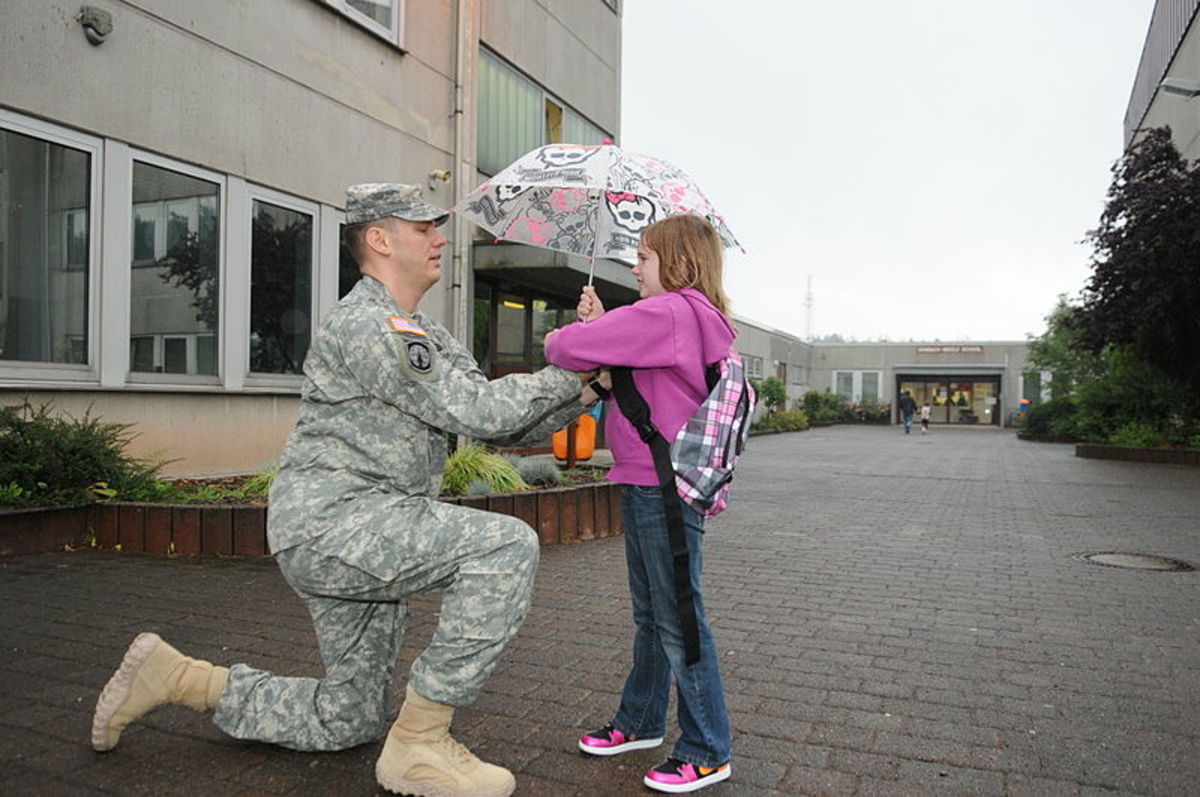- HubPages»
- Family and Parenting»
- Parenting Skills, Styles & Advice»
- Parenting Advice & Tips
How to Get Kids to Stop Fighting
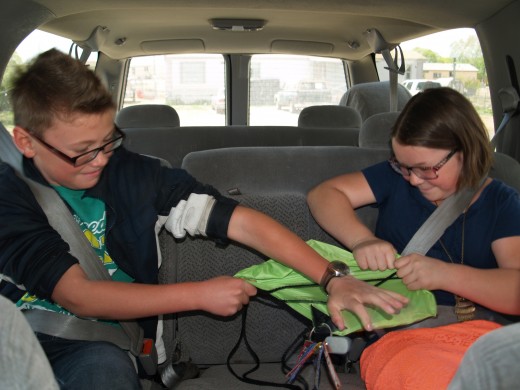
Stop Fighting in the Car
Few things are as frustrating as having kids kicking each other and yelling or screaming as you are driving down the road. You are already engaged in a task which requires your full attention. Reaching back to grab a toy from a child thief or to unlatch a pinching finger from an arm is dangerous. According to Parents' Magazine, children in the car are four times more distracting than anything else. Insurance companies estimate that distractions account for about 80% of all car accidents.
Why do children fight in the car? Though there are various reasons what matters is how to stop it. And here's how.
Preempt fighting before you ever leave the house. If you are on a time schedule such as going to school and work in the morning, make sure everyone is awake and ready with plenty of time to spare. Starting the morning off rushing is just asking for trouble. Make each child responsible for his or her own belongings such as backpack, lunch, project, uniform, etc. and responsible for eating and using the bathroom before leaving for the day. After you have enlisted your Family Transformation Charts (discussed later in this article), remind each child that you will be scoring their behavior in the car today, both to and from school, and to wherever else you will be traveling.
As you get into the car, be aware of any rudeness, "Move your junk! That's where my stuff is," or other obnoxious comments. Don't say a word, just score it in your mind. Scoring will come in later when you use the chart mentioned above.
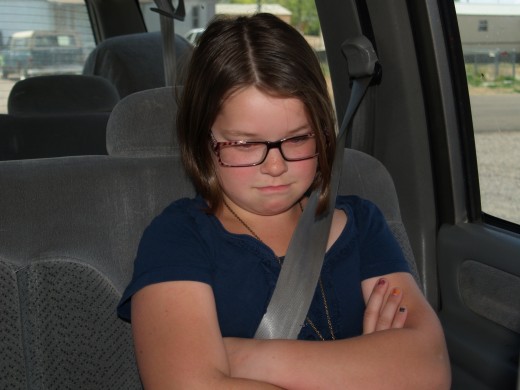
Who's Fighting?
How often do your children fight in the car?
Having some positive distraction may help, such as playing a word game on the way. My favorite tactic is to play a children's story on CD. Each time you get into the car the story will pick up where you left off. If you don't use these choices, at least soothing music played in the background may elicit some peace. If it does not and the fighting begins, what will you do? Children seven and older can be made to walk. Many times I have pulled my car over, told the offenders to get out on the safe side of the car, and walk a mile. They were instructed to walk along the road in the grass and weeds while I drove slowly alongside them on the shoulder. In town, a daughter who was causing havoc, walked for a number of blocks while I would inch ahead of her - her in my sight the whole time - and wait in the parking lot in which she was walking. She was warned not to get out of my sight for even a second or there would be even more dire consequences.
Of course, making fighting children walk is not practical in a city or if you are driving on a highway. So your next great option, for safety reasons, is to pull over. No yelling or complaining on your part, just put the car in park and check your texts or take a power nap. Your fighting kids will stop to hurl complaints at you about being late for school, or the game, or the class, or whatever it is. You calmly tell them that you will be happy to pull out again as soon as they stop fighting, and that if they start up again, you will pull over and wait two minutes for every 10 seconds you had to endure their bad behavior.
Will your children be late to school sometimes? Yes. And you must be willing to allow the school's consequences to happen. Will they be late for an important game or after school lesson? Probably. Its hard to do, but "paying" now will yield positive results for the future, like all good parenting does. It usually doesn't take a lot of serious consequences before the desired behavior is delivered. After a few times of being late, or perhaps missing an event altogether, your children will think twice before starting a fight or giving in to an antagonizer in the car.
Pulling over is not the only consequence you will use to stop your kids from bickering. Keep a notepad with you at all times on which to write down all actions that led to a fight. You will need the notes to use the Family Transformation Charts in the evening.
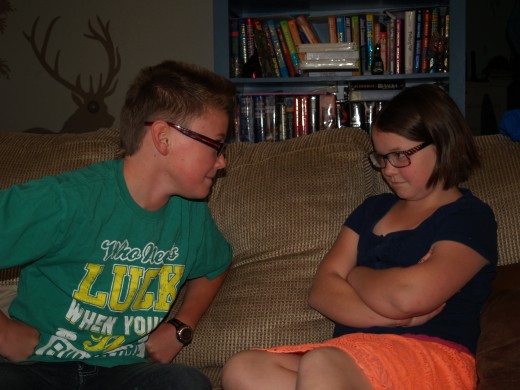
Stop Fighting in the Home
They fight over a sibling taking too long in the bathroom, or using his stuff, or throwing her clothes on the floor, and on and on. You, as a parent, have all the leverage that you need to help a child change his or her behavior and stop fighting in the home. The Family Transformation Chart is to stop all fighting, whether in the car or in the home. It really is for any behavior change.
Each child will get his or her own chart. They will have the same format, but be tailored to the individual child and the behaviors on which he or she is working. Involving the kids when you first create the charts may help them to begin taking responsibility immediately. They will see it as an actual family project rather than an uncool weapon that you came up with to tame them. Create the basic design then have the kids color it, put stickers around the edges, etc. Start with columns that will reflect the days of the week and the expected behavior. Then sit down and make a list of everything they enjoy that is not necessary for survival. You can make it alone or with your spouse or again, incorporate the kids' help so the idea starts to unfold. The list should include everything: TV time, computer and video game time, movies, cell phones, telephones, ipads, dessert, special snacks, all drinks other than water, friends, extra curricular activities, classes you pay for, clubs, etc. These are your leverage tools.
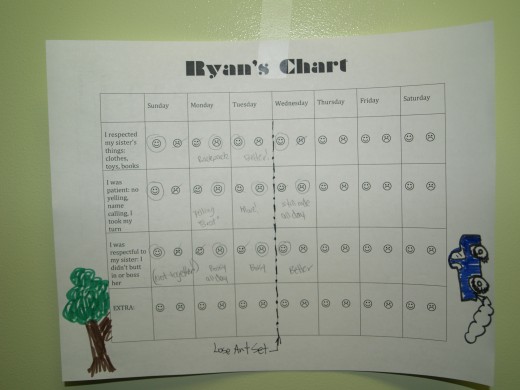
"Be patient, be respectful, do not yell, do not butt in, etc.," are examples of specific behaviors you may want to include on a chart. Being detailed is better than the blanket, "don't fight." Fighting usually begins with other issues such as these. I suggest working on only two or three behaviors at a time so it doesn't become overwhelming for you or your kids.
At the end of every day, ask each child to help you fill in his or her own chart. You will be using your notes from the day to help remind him or her of forgotten incidents. Here is an illustration: "Ryan, today did you use patience with Katelyn and ask her to pick up her clothes from the bathroom or did you kick them out of your way?" Ryan has a chance to contemplate and tell you how he believes he did. You then mark the chart however you've determined; smily face, sticker, X, whatever you've come up with. If you're not sure, ask Katelyn for her input, and mark the chart accordingly.
"Ryan, in the car this morning, were you respectful to Katelyn or disrespectful, starting a fight?"
"I was respectful to her."
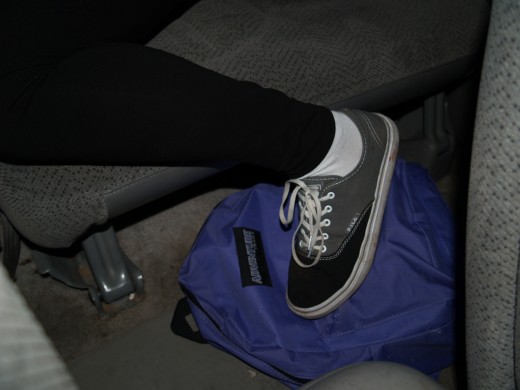
"Are you sure? I remember that you stepped right on her backpack as soon as you got into the car and she screamed because her sandwich was in there."
"That's because she put it right in my way!" At this point, Ryan is attempting to pull you into an argument by justifying his action when all you want to know is was he respectful or not? Do not get sucked in. "Okay, I think you were disrespectful to her and it caused a fight, so you get a frowny face for this square."
Continue until the chart is full for the day, then move on to Katelyn and her chart. In this illustration, when Ryan stepped on his sister's backpack in the car, you neither yelled at him nor at Katelyn to stop shouting. You simply made a mental note and wrote it down as soon as you could. Now they are visually seeing the effects of unacceptable behavior. Even though it may only be a star or a frowny face, those will add up every few days and equal either a reward or consequence. The younger the child, the more promptly the consequence should happen. Ages 4 and 5 should have a daily reward/consequence; ages 6 to 8 should experience rewards and consequences every few days; 9 and older can wait up to a week from first infraction or good conduct. Be sure not to let so many days go by that the system is ineffective. Simply having the chart as a visual will begin to reshape behavior, and the rewards and consequences will continue to reinforce what you've begun.
So let's say that in a 3-day period, both kids have too many frowny faces (you will have determined the amount that will result in consequences beforehand and you will have made the kids aware of these rules). They now will have a privilege taken from them. It can and should be different for each child; whatever is most important to each should be taken first. For Ryan it may be his art set, and for Katelyn maybe TV time. The privileges that are taken are not to be given back after a period of time like a jail sentence, but only after they are getting more smileys than frownys. So lest you thought it would be a pain to have to reward them for every little good thing they do, this is the reward: getting their stuff returned.
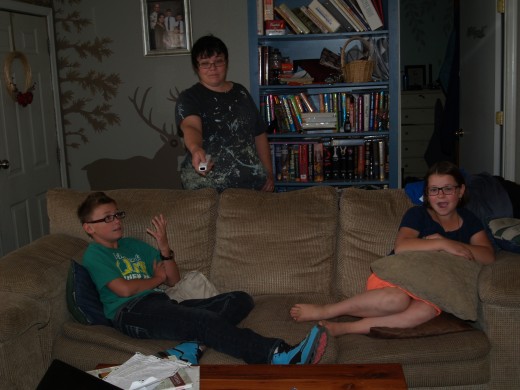
This may seem like a negative approach to changing your children's behaviors. However, they don't have to earn anything. They start out with all the privileges mentioned. The kids can keep them forever if they choose. They only lose them when they choose conduct that leads to fighting. You and I own our car. But if we break traffic laws, there will be a loss; usually money. If we continue in our lawbreaking, we may eventually lose our car for a time. This method is more realistic than one which constantly rewards for not doing something bad. And you will only use it when children are getting out of control and need to be roped back in.
Use some of these methods to get children to stop fighting, and you may get peace in your car, your home and everywhere for many weeks to come.




